Market Growth Projections
The Global Canned Tuna Market Industry is poised for substantial growth, with projections indicating a market size of 11.6 USD Billion in 2024 and an anticipated increase to 18.8 USD Billion by 2035. This growth trajectory suggests a robust demand for canned tuna, driven by factors such as convenience, health benefits, and sustainability. The expected CAGR of 4.5% from 2025 to 2035 further underscores the market's potential. Such projections highlight the importance of strategic planning and investment in the Global Canned Tuna Market Industry, as companies prepare to meet the evolving needs of consumers and capitalize on emerging opportunities.
Innovative Product Offerings
Innovation plays a pivotal role in shaping the Global Canned Tuna Market Industry. Companies are increasingly introducing new flavors, packaging formats, and value-added products to cater to diverse consumer preferences. For instance, the introduction of flavored canned tuna, such as spicy or herb-infused varieties, appeals to younger demographics seeking unique culinary experiences. This innovation is expected to drive market growth, with a projected CAGR of 4.5% from 2025 to 2035. By continuously evolving their product lines, companies can attract new customers and retain existing ones, thereby enhancing their position in the competitive landscape of the Global Canned Tuna Market Industry.
Rising Demand for Convenient Food Options
The Global Canned Tuna Market Industry experiences a notable increase in demand for convenient food products. As lifestyles become busier, consumers seek quick meal solutions that do not compromise on nutrition. Canned tuna, being a ready-to-eat protein source, fits this need perfectly. In 2024, the market is projected to reach 11.6 USD Billion, indicating a strong consumer preference for easy-to-prepare meals. This trend is particularly evident in urban areas where time constraints drive the need for convenient food options. The Global Canned Tuna Market Industry is thus likely to benefit from this shift towards convenience, as more consumers incorporate canned tuna into their diets.
Sustainability and Eco-Friendly Practices
Sustainability has emerged as a critical driver in the Global Canned Tuna Market Industry. Consumers are becoming more discerning about the environmental impact of their food choices, leading to a preference for sustainably sourced products. Brands that adopt eco-friendly practices, such as responsible fishing methods and recyclable packaging, are likely to attract environmentally conscious consumers. This shift towards sustainability could enhance brand loyalty and market share. As the Global Canned Tuna Market Industry evolves, companies that prioritize sustainable practices may see increased sales and a stronger competitive position, reflecting a broader trend towards environmental responsibility in food production.
Health Consciousness and Nutritional Benefits
The Global Canned Tuna Market Industry is significantly influenced by the growing health consciousness among consumers. Canned tuna is recognized for its high protein content and omega-3 fatty acids, which are essential for a balanced diet. As individuals become more aware of the importance of healthy eating, they are increasingly opting for products that offer nutritional benefits. This trend is expected to propel the market to an estimated 18.8 USD Billion by 2035. Furthermore, the promotion of canned tuna as a heart-healthy option aligns with dietary recommendations, making it a favorable choice for health-oriented consumers. The Global Canned Tuna Market Industry stands to gain from this heightened focus on health.
Global Trade Dynamics and Export Opportunities
The Global Canned Tuna Market Industry is significantly affected by global trade dynamics. Countries that are major producers of canned tuna, such as Thailand and Ecuador, benefit from export opportunities that drive market growth. Trade agreements and tariffs can influence the pricing and availability of canned tuna in various regions, impacting consumer access and preferences. As international demand for canned tuna rises, producers are likely to explore new markets and expand their distribution channels. This global interconnectedness may enhance the overall market landscape, allowing the Global Canned Tuna Market Industry to thrive in an increasingly competitive environment.
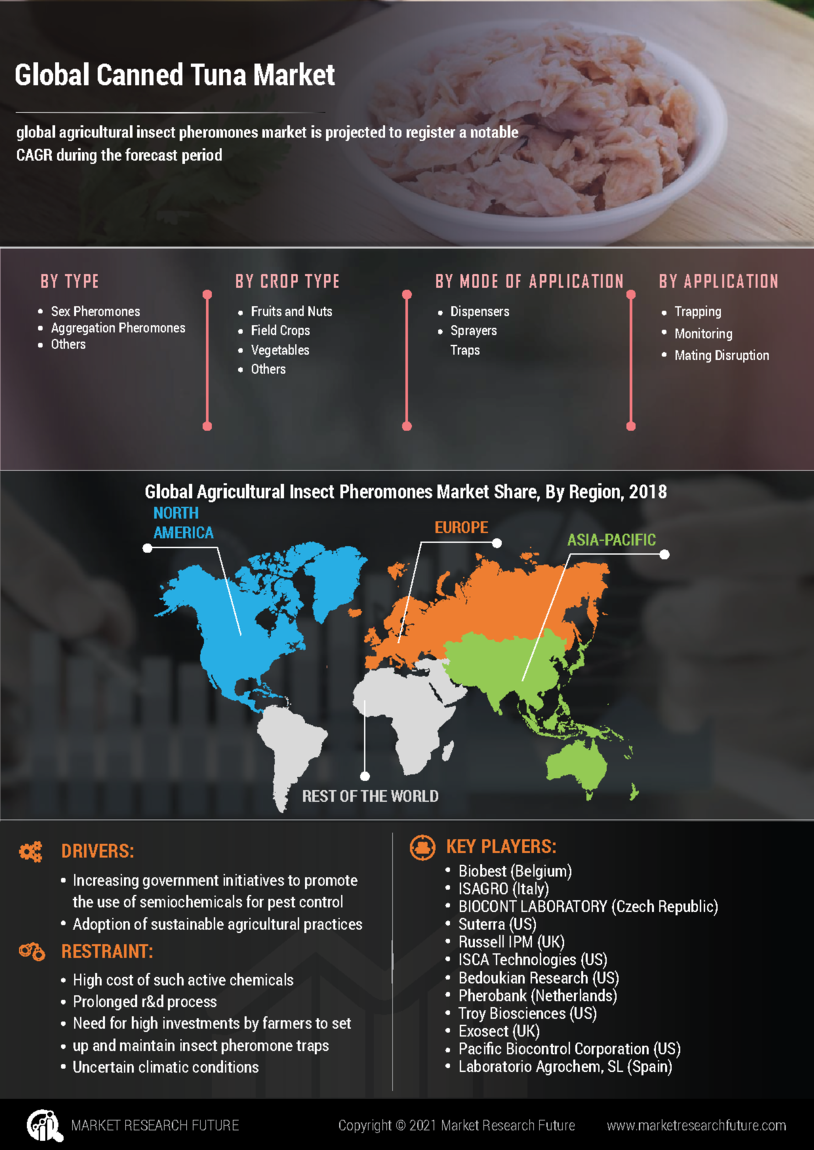

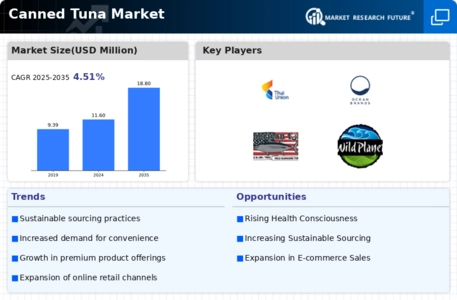
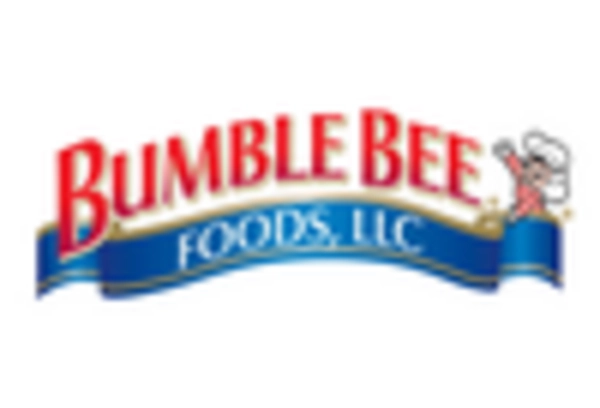
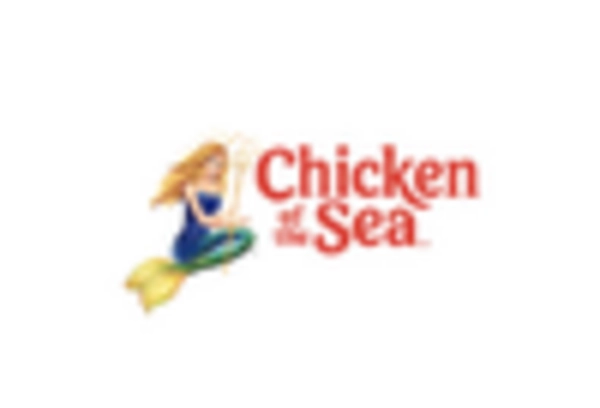


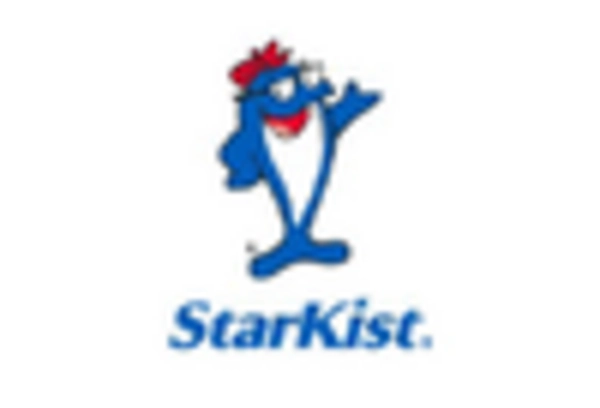









Leave a Comment